Craft Capsule: Why You Need an Authenticity Editor
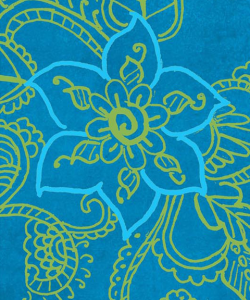
The author of Southbound and The Parted Earth writes about how authenticity editors have helped enrich her work in all genres.
Jump to navigation Skip to content
In our weekly series of craft essays, some of the best and brightest minds in contemporary literature explore their craft in compact form, articulating their thoughts about creative obsessions and curiosities in a working notebook of lessons about the art of writing.

The author of Southbound and The Parted Earth writes about how authenticity editors have helped enrich her work in all genres.

The author of Southbound and The Parted Earth shares her approach to balancing projects in multiple genres.
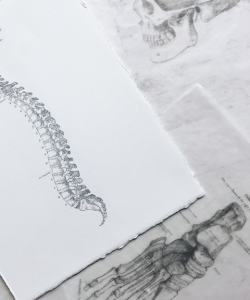
The author of Southbound and The Parted Earth shares how chronic pain has forced her to challenge traditional notions of writing productivity.

The author of Love and Other Poems offers advice on how to avoid being stuck.

The author of Love and Other Poems steals time to write poetry during cab rides across New York City.

From Love and Other Poems, published by Copper Canyon Press in February 2021.

The author of Love and Other Poems offers an antidote to the usual despair and hysteria on Twitter by writing an endless poem about love.

The author of Love and Other Poems describes a special project in which he read his poetry to strangers in their bedrooms.
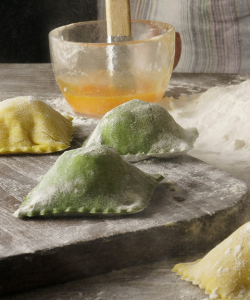
The author of With Teeth celebrates absurdist humor.

The author of With Teeth writes about the pleasure of riffing off a good joke.
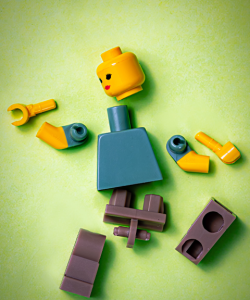
The author of With Teeth writes that her affinity for self-deprecating humor is inextricable from her queerness.

The author of With Teeth examines how a single joke can be successfully repackaged and retold over time.

The author of Martha Moody finds new strategies to sustain her creative life after suffering a head injury.
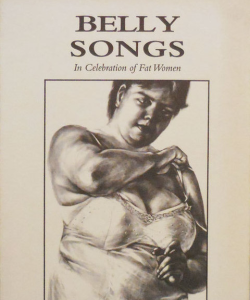
The author of Martha Moody celebrates the creative freedom of small-scale indie publishing.

The author of Martha Moody writes about the intimacy and queerness of italics.

The author of Martha Moody recalls the challenge of finding language to describe her body.

The author of I Know You Know Who I Am writes about stashing his surplus sentences and character sketches in an electronic “junk drawer.”
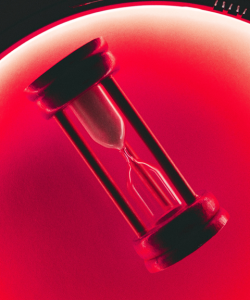
The author of I Know You Know Who I Am recalls his first attempt at writing a braided narrative.
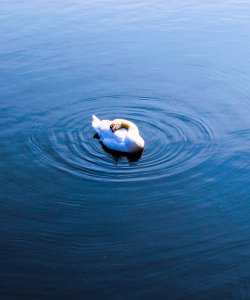
The author of I Know You Know Who I Am praises the unique resonance of short short stories.

The author of I Know You Know Who I Am seeks to approach his characters without judgment.
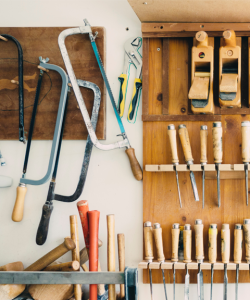
The author of Anodyne takes a poetic approach to prose writing.

The author of Anodyne shares her methodology for determining the order of poems in a collection.

The author of Anodyne prioritizes joy in her poetics.

The author of Anodyne envisions a new writing practice inspired by the natural world.
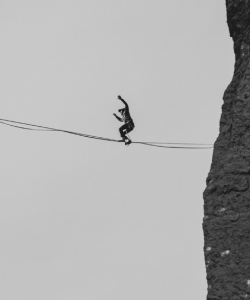
The author of Thin Places urges writers to consider the reader.